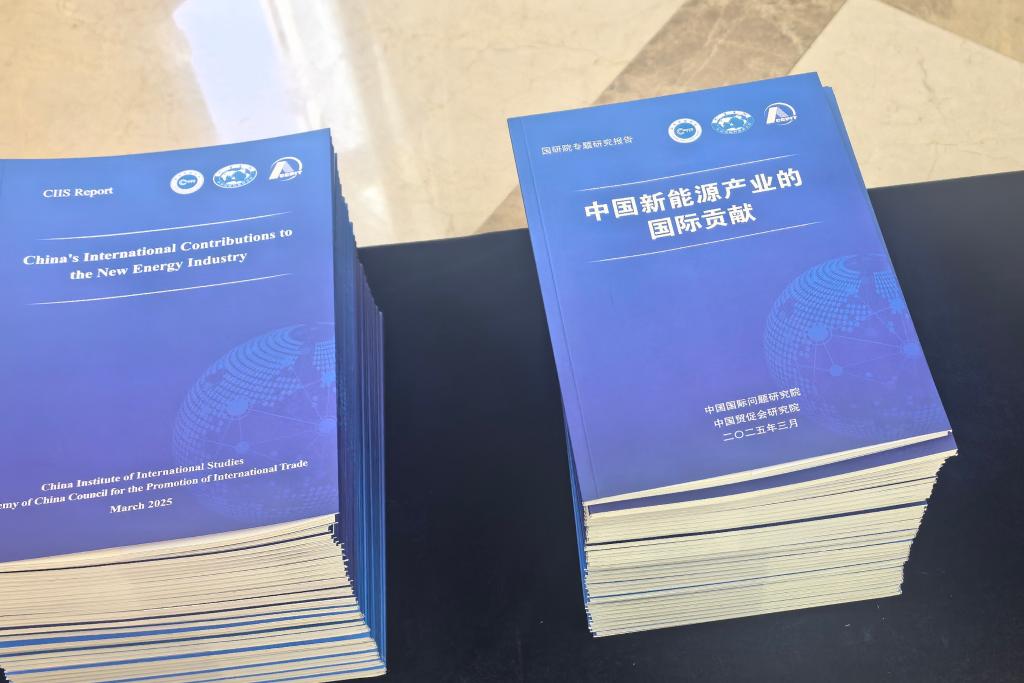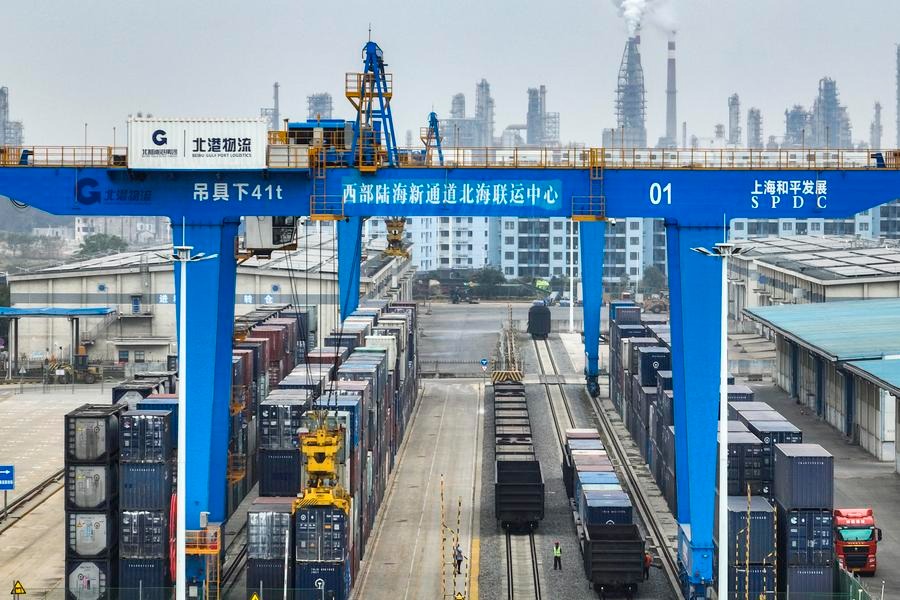New energy sector sees significant traction


China's new energy industry saw substantial growth in open competition in recent years, catering to its low-carbon development needs, fueling global green economic growth, and notably lowering barriers for the sector's development in Global South nations, said a report released on Friday.
Co-authored by the China Institute of International Studies and the Academy of China Council for the Promotion of International Trade, the report stated that China's new energy industry represents advanced production capacity, enriching global supply, easing global inflation pressures, and making significant contributions to battling global climate change and promoting energy transition.
The report highlighted that there remains a substantial green production capacity gap in achieving sustainable development goals by 2030. In the process of promoting green and low-carbon transformation and development, sectors like electric vehicles in the new energy field hold immense market demand, presenting a shared opportunity for all countries.
According to the International Energy Agency's estimates, global demand for new energy vehicles is projected to reach 45 million units by 2030, over three times the global sales volume in 2023.
The International Renewable Energy Agency has calculated that, to achieve the goals of the Paris Agreement, the global cumulative installed capacity of photovoltaics needs to exceed 5.4 billion kilowatts by 2030, nearly four times the global cumulative installed capacity in 2023.
The report emphasized that China's new energy industry, leveraging its scale advantage, plays a significant role in stabilizing the global new energy product market gap, providing global enterprises and consumers with green and intelligent production and living experiences.
Currently, China's photovoltaic and wind power products are exported to over 200 countries and regions worldwide, demonstrating global demand for these technologies.
Faced with a significant global green production capacity gap, China's existing new energy capacity is not surplus but far from sufficient, it said. Additionally, China's cost advantage in producing photovoltaic components and wind power equipment has created conditions for the widespread utilization of renewable energy in many countries.
According to IRENA, over the past decade, the average electricity costs of global wind and photovoltaic power generation projects have cumulatively decreased by over 60 percent and 80 percent, respectively, with a significant portion attributed to China's contributions.
"In the current global energy landscape transformation, the rise of China's new energy industry is a firm commitment to its own sustainable development and has made significant contributions to global green and low-carbon transformation and climate change mitigation," said Zhao Ping, head of the Academy of China Council for the Promotion of International Trade.
Bi Jiyao, a researcher at the Chinese Academy of Macroeconomic Research, suggested that the rapid development and high demand for new energy industry chains in Global South countries present opportunities for enhanced cooperation. China can strengthen collaboration in sectors like photovoltaic power generation and wind power.
liuyukun@chinadaily.com.cn




































